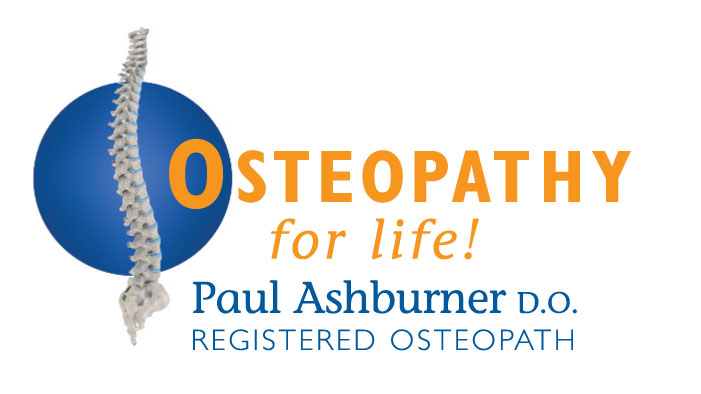
Osteopathic Treatment of Headaches and Migraines
Headaches and migraines are common ailments that can significantly impact an individual's quality of life. These conditions often stem from various causes, including stress, muscular tension, and neck alignment issues. Osteopathic treatment offers a holistic approach to managing headaches and migraines by addressing the underlying causes and providing relief through manual therapy techniques. Here, we will delve into the osteopathic approach to treating these conditions, focusing on neck alignment and muscle imbalance.
Understanding Headaches and Migraines
Headaches can be broadly categorized into tension headaches, migraines, and cluster headaches. Tension headaches are usually caused by muscle contractions in the head and neck, often due to stress or poor posture. Migraines, on the other hand, are neurological conditions characterized by intense, throbbing pain, often accompanied by nausea, sensitivity to light and sound, and visual disturbances. Cluster headaches are severe, unilateral headaches that occur in cyclical patterns or clusters.
Symptoms of Headaches and Migraines
Common symptoms include:
Tension Headaches: Dull, aching head pain, sensation of tightness or pressure across the forehead or on the sides and back of the head, and tenderness in the scalp, neck, and shoulder muscles.
Migraines: Severe, pulsating pain usually on one side of the head, nausea, vomiting, sensitivity to light, sound, and sometimes smell, and visual disturbances such as auras.
Cluster Headaches: Intense, burning pain around or behind one eye, watery eyes, nasal congestion, and restlessness.
Causes and Contributing Factors
Headaches and migraines can be triggered by various factors, including:
Neck Alignment Issues: Misalignment in the cervical spine can lead to muscular tension and nerve irritation, contributing to headaches.
Muscle Imbalance: Tight or overactive muscles in the neck and shoulders can cause tension headaches by straining the surrounding tissues.
Stress and Anxiety: Emotional stress can lead to muscle tension and trigger headaches or exacerbate migraines.
Poor Posture: Slouching or prolonged sitting can strain neck muscles and misalign the spine, leading to headaches.
Osteopathic Diagnostic Approach
An osteopath will conduct a thorough assessment to determine the root cause of headaches or migraines. This includes:
Medical History: A detailed history of the patient’s symptoms, lifestyle, and any potential triggers.
Physical Examination: Assessment of posture, neck alignment, and muscle tension. Palpation techniques are used to identify areas of tenderness and restriction.
Special Tests: Neurological and orthopedic tests to evaluate the function of the cervical spine and surrounding structures.
Osteopathic Treatment Techniques
Osteopathic treatment is personalised to address the specific needs of the patient and may include the following techniques:
Soft Tissue Manipulation: Techniques such as massage and myofascial release to relax tight muscles, improve circulation, and reduce inflammation.
Spinal Mobilisation: Gentle movements to improve the mobility of the cervical spine and correct any misalignments.
Muscle Energy Techniques: Involving the patient in muscle contractions against a controlled resistance to improve muscular balance and joint function.
Cranial Osteopathy: Gentle manipulations of the skull and its structures to alleviate tension and improve circulation in the head and neck.
Rehabilitation and Preventive Strategies
Post-treatment, osteopaths often recommend specific exercises to strengthen neck and shoulder muscles, enhance flexibility, and promote better posture. Education on stress management techniques and lifestyle modifications, such as ergonomic adjustments and relaxation exercises, is also crucial for preventing recurrence.
Conclusion
Osteopathic treatment for headaches and migraines is a comprehensive approach that addresses the body's interconnected systems. By restoring neck alignment, alleviating muscle imbalances, and reducing stress, osteopaths help patients achieve relief from pain and improve their overall well-being. Whether dealing with chronic headaches or acute migraine episodes, osteopathy offers a natural and effective path to recovery.
New to the Practice?
To book an Initial Consultation you should call on 01773 843 033 during office hours. Our friendly reception staff will be pleased to find a convenient appointment for you.
Existing Patients:
Book your next appointment online by clicking the button below:
Book your Appointment
Conditions patients often seek our help for:
Latest News
Latest Articles
Payment Methods
We accept payments by cash, bank transfer and credit/debit cards.


